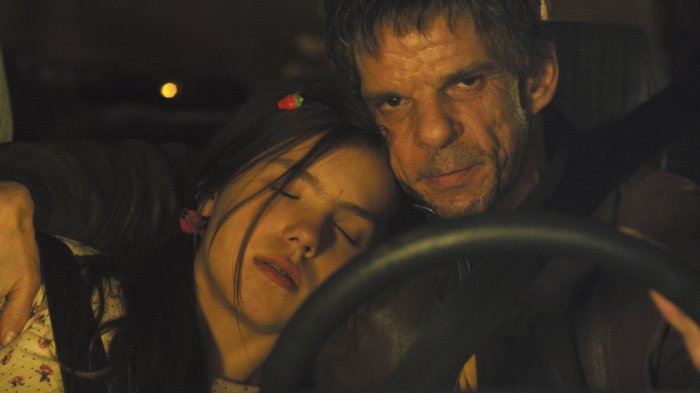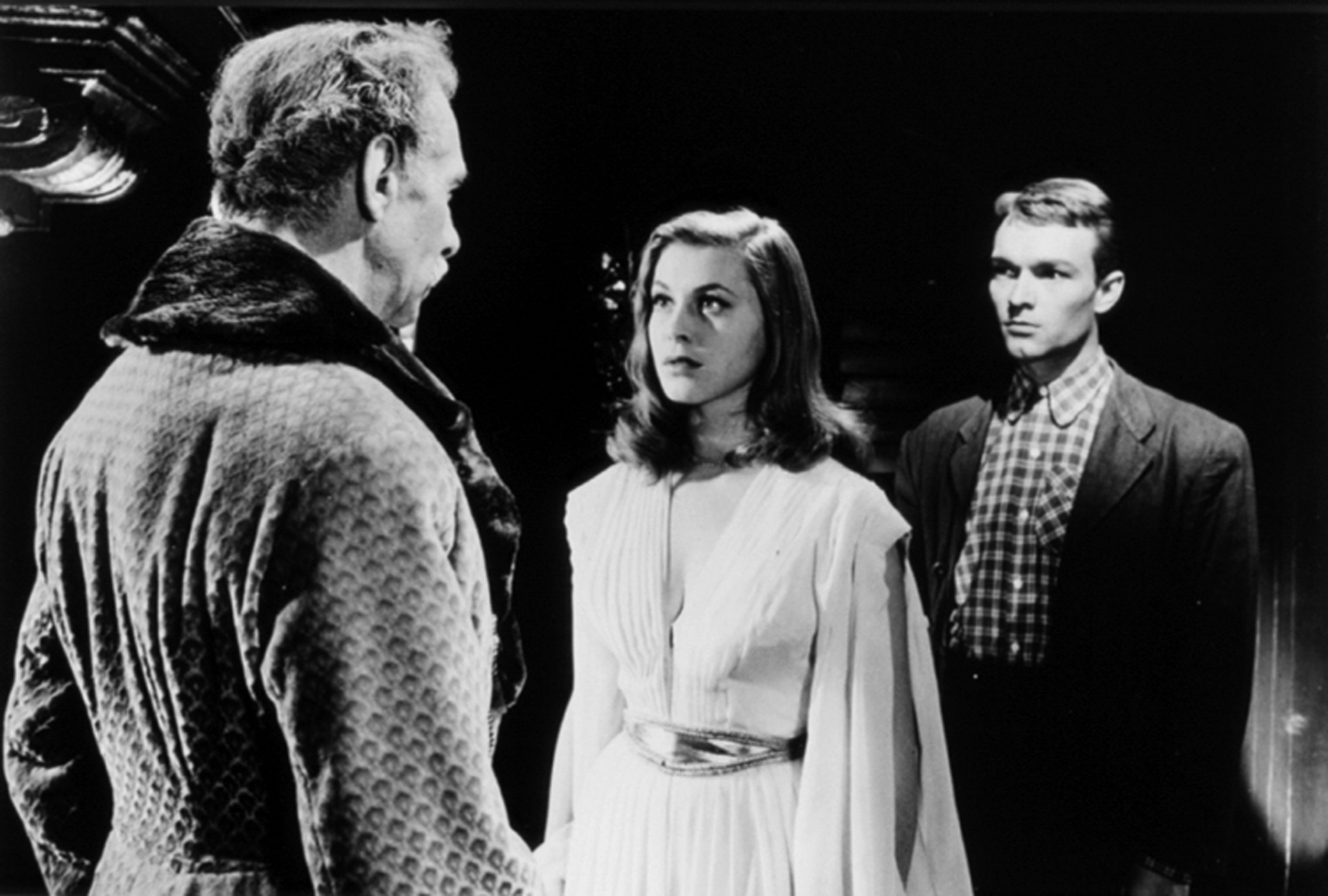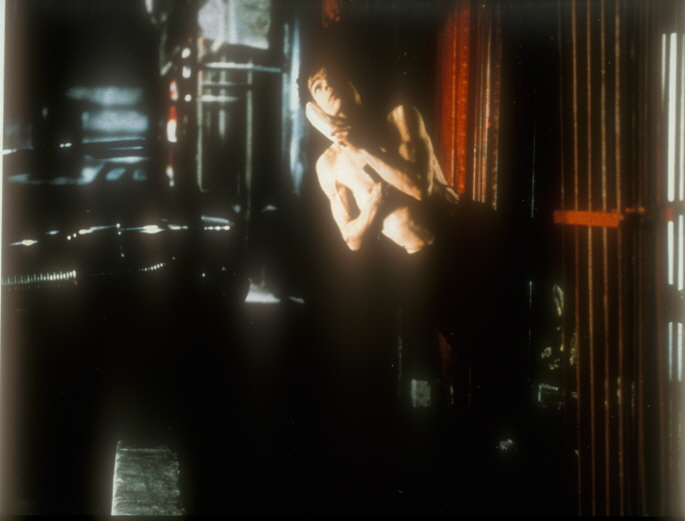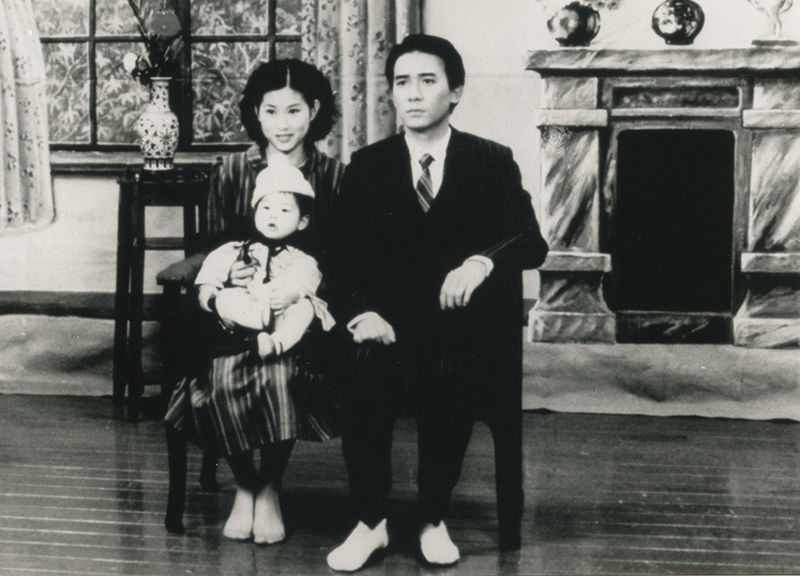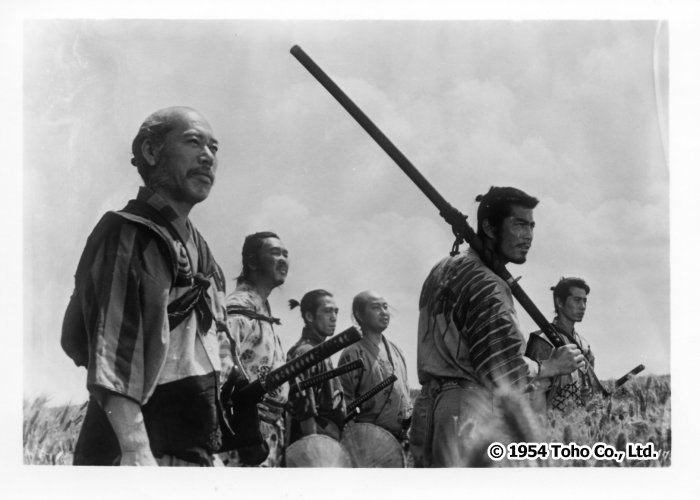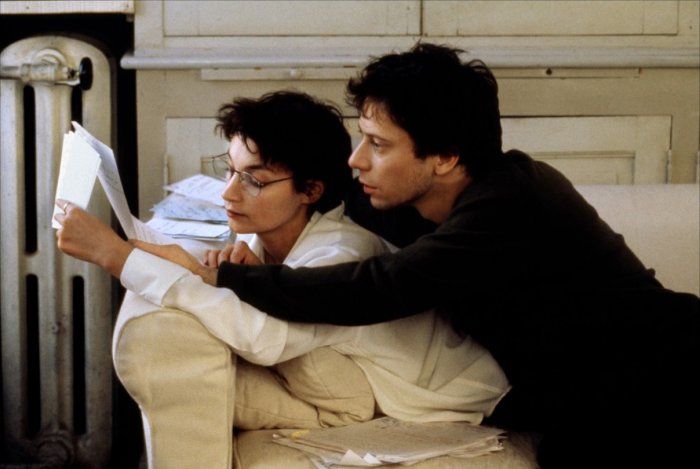영화 정보
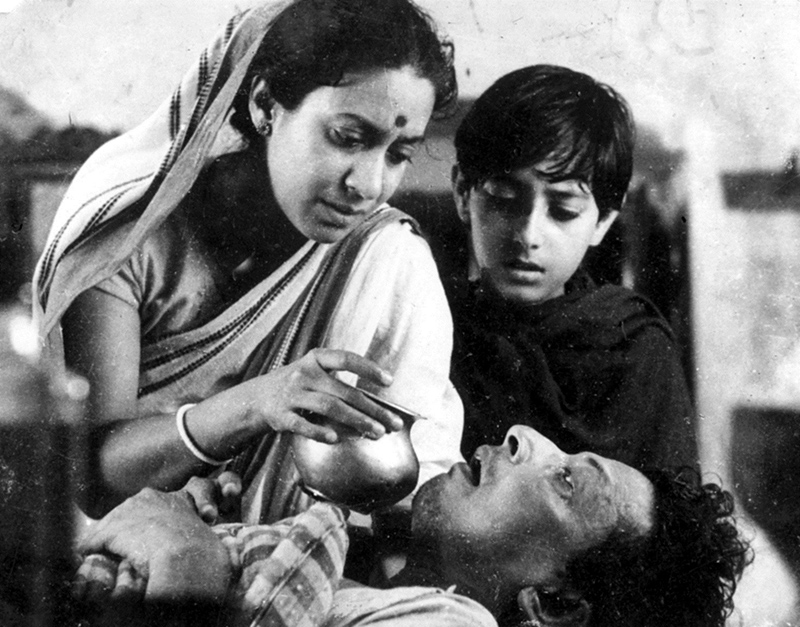
Aparajito, The Unvanquished
20th(2015) Special Programs in Focus
Family · Rural · Children
- CountryIndia
- Production Year1956
- Running Time110min
- Format DCP
- ColorB&W
Program Note
*an extract from an original writing for Asian Cinema 100
Sixty years after its 1955 premiere, the charm of Satyajit Ray’s The Apu Trilogy — Pather Panchali (1955), Aparajito (1956), and Apur Sansar (1959) — endures. The films helped define the concept of World Cinema as we know it. That is, an affective work transcending the boundaries of race, creed, and economics. […] A fine example of “extended cinema,” each of trilogy’s titles stands on its own. But they are best taken as a whole.
[…] Based on two original novels by Bibhutibhusan Banerjee, Ray presents to us Apu’s journey from child to youth to man as a sustained meditation on impermanence: All things pass. Yet we, human beings, continue to cling to everything and everybody around us. The three films center on Apu’s relationship with loss.
The ultimate thief is, of course, Death. And in the trilogy, Apu’s life is relentlessly propelled forward by a seemingly never-ending parade of demises: Auntie and Durga in Pather Panchali; his father, and then his mother in Aparajito; and, in Apur Sansar, just when we thought things would be coming out roses, his beloved wife Aparna (the stunning Sharmila Tagore) in childbirth. This last death shatters Apu’s world completely. He turns his back on life, destroys the draft of his novel, and retreats into an obscure, mining town. But in the end, through the aid of loyal friend Raju, Apu relents and returns to the son Kajal (Alok Chakraboty) he all but abandoned. The film concludes with father and son going off into the city, on an adventure of mutual discovery. When the precocious Kajal asks him who he really is, Apu simply responds: “A friend.”
In this penultimate scene, Ray presents to us a possible modus vivendi on how to deal with impermanence. Contrary to the “peace at any price” picture people paint about Indian philosophy, all the major characters — Apu, Aparna, Durga, Auntie Indir, both parents — are fighters. Despite the ever-present shadow of Death, there is no blind surrender to Fate. Instead, after the initial grief, they all exhibit a serene acceptance of the general Order of Things — a transcendence allowing them to rise up from the dust of sorrow, to let go, and get back into the business of living.
A powerful message delivered in the humblest of ways. It is no wonder that The Apu Trilogy wowed global audiences back then in the 1950s — harvesting over thirty international accolades in its first wave. In doing so, Ray’s trio, along with contemporary Kurosawa Akira’s groundbreaking Rashomon and Seven Samurai, inadvertently opened the doors for Asian Cinema. Kurosawa, himself a fan, is quoted in claiming, “Never having seen a Satyajit Ray film is like never having seen the sun or the moon.” […] (Edward Delos Santos CABAGNOT)
Director


Satyajit RAY
Satyajit Ray is an Indian filmmaker and one of the great masters of world cinema. Although he made films in Bengali, a language spoken in the eastern state of India, his films could reach out all human races beyond India with his humanistic and universal approach dealing with relationships, emotions, conflicts, joys and sorrows. His filmography includes The Apu Trilogy, The Music Room and more, which won awards at Cannes and Venice film festival.
Photo


Credit
- Director Satyajit RAY 사티야지트 레이





